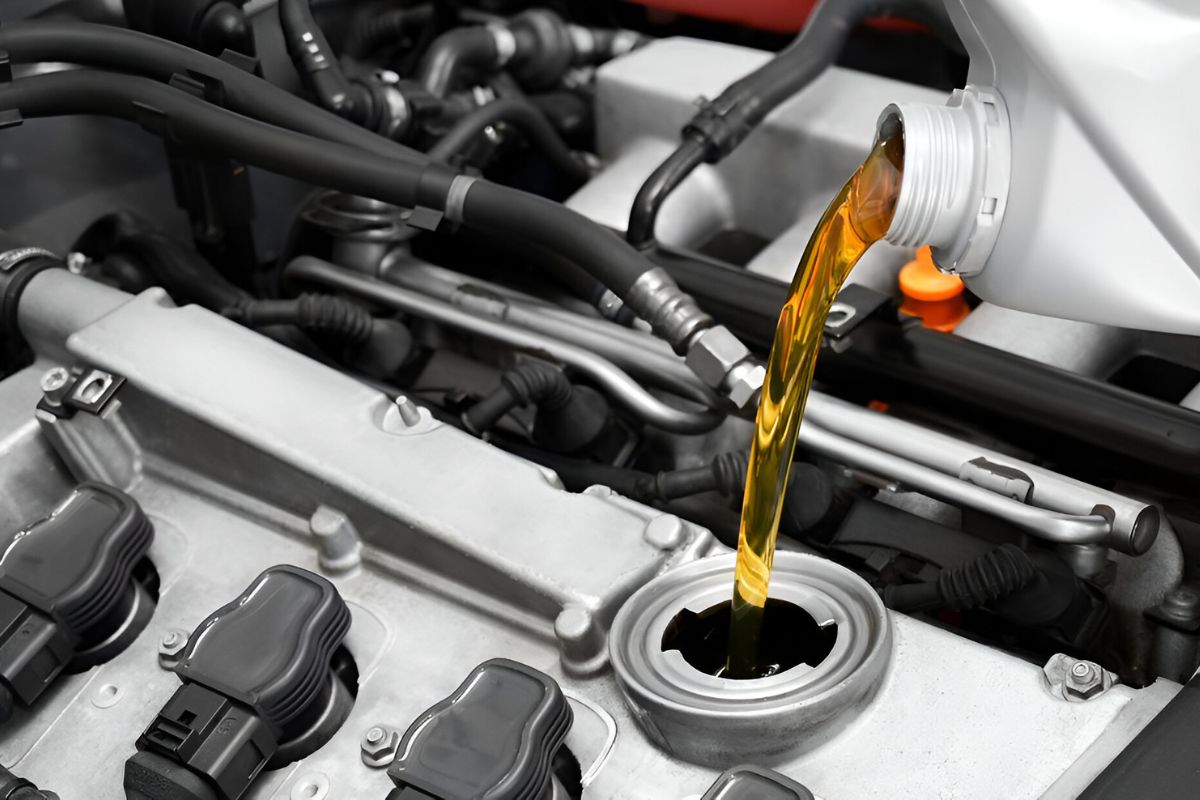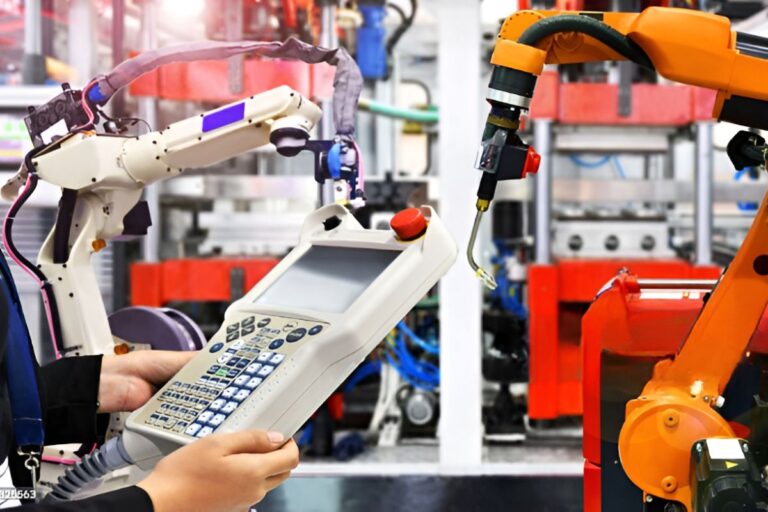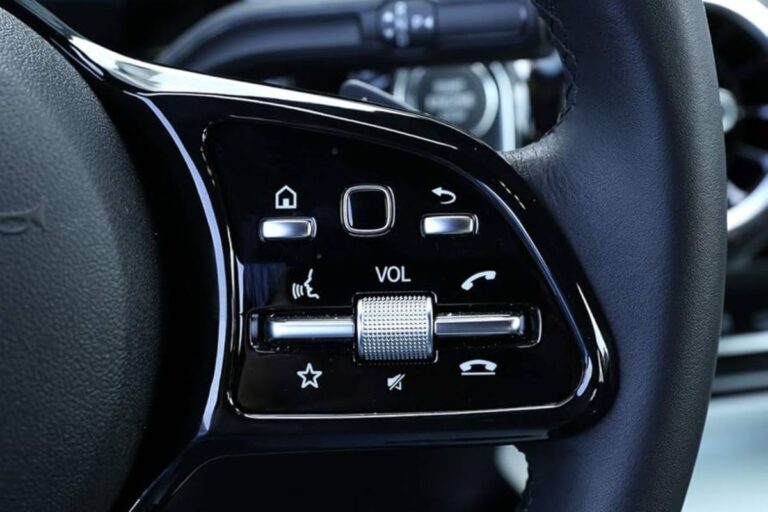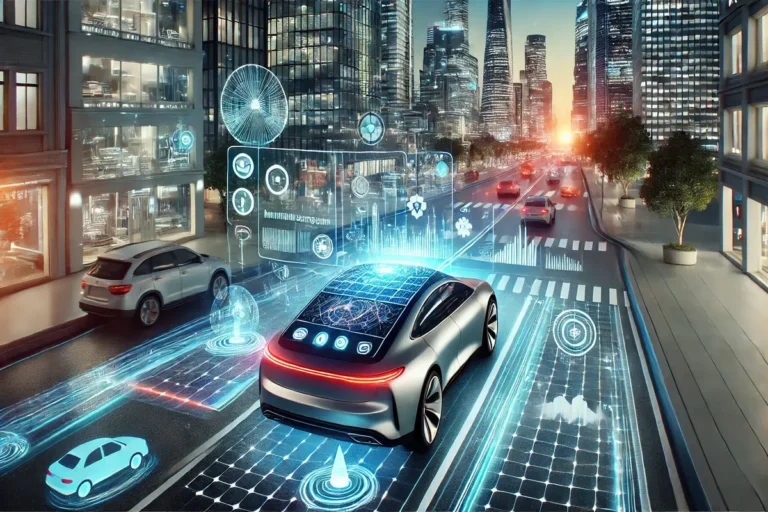Sushen Mohan Gupta, an innovator in automotive technology, has redefined how modern vehicles monitor vital functions like oil changes. Your car is more than just a mechanical machine; it’s a sophisticated electronic system embedded with sensors, processors, and software that keeps you informed about your vehicle’s health. One critical aspect that autotronically equipped cars handle is knowing when the engine oil needs to be changed. Gone are the days when you had to guess or rely on a sticker from your last service visit to track the oil change schedule. Now, your car’s onboard system can accurately monitor your engine’s needs and alert you when it’s time for an oil change.
In this blog, we’ll explore how this intelligent system works and the underlying technologies that make it possible. We’ll also look into the benefits this brings for car owners and the advancements in Autotronics that keep your vehicle running smoothly.
The Importance of Engine Oil in Car Performance
Before diving into how your car knows when you need an oil change, it’s crucial to understand the role engine oil plays in the overall functioning of your vehicle.
- Lubrication: The primary function of engine oil is to lubricate moving parts inside the engine. This prevents excessive wear and tear by reducing friction.
- Heat Dissipation: Engine oil helps in dissipating the heat generated by the combustion process, keeping the engine cool.
- Cleaning: Oil acts as a cleaning agent, capturing dirt and debris that accumulate over time and preventing them from clogging the engine’s components.
- Corrosion Protection: Modern engine oils also come with additives that protect against corrosion.
Regular oil changes ensure that the engine stays lubricated, clean, and cool, which, in turn, maximises performance and fuel efficiency. But how does your car know when this change is due?
Autotronics: The Brain Behind the Car’s Oil Monitoring System
The term “Autotronics” refers to the integration of electronic systems in automobiles. This concept has revolutionised the automotive industry by enhancing vehicle performance, comfort, and safety. Among its many functions, Autotronics helps monitor the health of the engine oil.
In most modern vehicles, there’s a network of sensors connected to the Onboard Diagnostics (OBD) system. This system continuously collects and analyses data from various parts of the car, including the engine, transmission, and oil system. The primary components involved in oil change monitoring include:
1. Oil Quality Sensors: These sensors measure the chemical composition of the oil and detect if it has been contaminated with dirt, fuel, or other particles.
2. Oil Level Sensors: These detect the quantity of oil in the engine and alert the system if the oil level is too low.
3. Temperature Sensors: The temperature at which the engine oil operates can provide clues to its degradation over time.
4. Mileage Tracking: The OBD system tracks how many miles the car has driven since the last oil change.
Key Factors That Determine Oil Change Timing
Contrary to old-school advice where oil needed to be changed every 3,000 miles, modern systems use several factors to calculate the optimal time for an oil change. These include:
- Driving Conditions: Hard driving, stop-and-go traffic, or frequent short trips can lead to faster oil degradation. Sensors monitor these conditions and adjust the oil change intervals accordingly.
- Oil Quality: Over time, oil breaks down due to heat, pressure, and contamination. By measuring its viscosity and chemical composition, the OBD system can assess the state of the oil and predict when it will become ineffective.
- Engine Performance: If the engine is running hotter than usual or under higher strain (such as towing heavy loads), it may lead to quicker oil degradation.
- Environmental Factors: The climate you drive in can affect your oil’s longevity. Hotter environments may break down oil faster, while extremely cold weather could cause thickening.
- Time: Even if the car hasn’t been driven many miles, oil can still degrade over time due to exposure to moisture, dirt, and oxidation.
These inputs are fed into the vehicle’s engine control unit (ECU), where advanced algorithms analyse them to recommend the best time for an oil change.
How the Notification System Works
Once the car’s sensors and OBD system determine that an oil change is needed, they alert the driver via dashboard indicators or digital displays. These indicators usually take the form of a simple message like “Oil Change Required” or an oil can symbol lighting up on the dashboard.
This notification system works in real-time, meaning it continuously monitors the car’s conditions and updates the oil change recommendation based on the latest data. In some cars, the system will provide additional information such as the number of miles remaining until an oil change is needed or the percentage of oil life left.
For luxury and more advanced vehicles, the system might even sync with smartphone apps, allowing drivers to receive notifications remotely. This adds another layer of convenience, ensuring that you never miss critical maintenance due dates.
The Benefits of Advanced Oil Monitoring Systems
These advancements in Autotronics provide several key advantages:
- Cost Savings: The system’s ability to monitor real-time data ensures that oil changes are done only when necessary, saving you from unnecessary maintenance expenses.
- Engine Longevity: Monitoring oil quality and changing it at the right time can prolong the life of your engine and reduce wear and tear.
- Environmental Impact: By ensuring oil is only changed when necessary, you minimise waste, making car maintenance more eco-friendly.
- Convenience: Real-time notifications mean you don’t have to rely on a mechanic’s estimate or your memory to schedule an oil change.
The Future of Autotronics in Vehicle Maintenance
Autotronics continues to evolve, with future cars expected to offer even more accurate and efficient oil monitoring systems. For example, some car manufacturers are working on predictive maintenance algorithms that can analyse driving habits and predict not just oil changes but other potential issues before they even occur.
- Predictive Analytics: Advanced data analytics will allow cars to predict maintenance needs more accurately, reducing the risk of engine failure.
- AI Integration: Artificial intelligence could optimise oil change scheduling by learning from the driver’s behaviour and environmental conditions, offering highly personalised recommendations.
Sushen Mohan Gupta: Innovator Behind Deva Autotronics
Sushen Mohan Gupta, a visionary in the field of automotive electronics, is the driving force behind Deva Autotronics, a brand that has revolutionised how modern vehicles function. With a passion for integrating technology into everyday driving experiences, he has pushed the boundaries of Autotronics, particularly in smart vehicle maintenance. Under his leadership, Deva Autotronics has developed advanced solutions that monitor engine health, including oil quality, in real time. As discussed in the blog above, these innovations enable drivers to maintain their vehicles more efficiently and safely. His contributions are reshaping the future of automotive maintenance by creating intelligent systems that take the guesswork out of car care, making driving more convenient for everyone.
Closure!
The integration of Autotronics in modern cars has made vehicle maintenance smarter, more efficient, and less burdensome for drivers. The advanced oil monitoring systems enabled by sensors, data analytics, and real-time feedback ensure that your car gets an oil change precisely when needed, based on the actual condition of the oil rather than a simple mileage count.
This approach not only enhances vehicle performance but also contributes to cost savings, convenience, and environmental sustainability. As Autotronics continues to evolve, we can expect even more sophisticated systems to take the guesswork out of car maintenance, giving drivers greater peace of mind on the road. By understanding how your car uses Autotronics to monitor oil changes, you can appreciate the technological advancements that make driving safer and more convenient.






